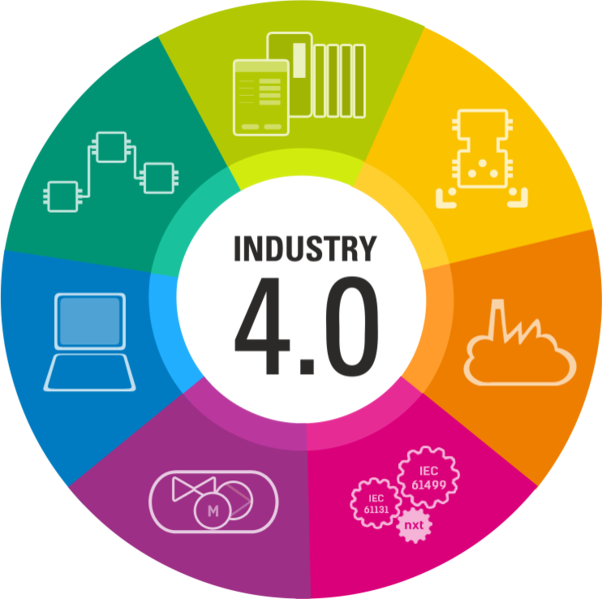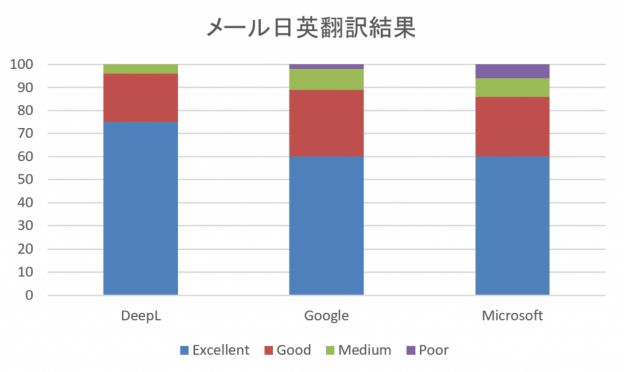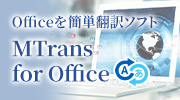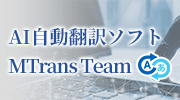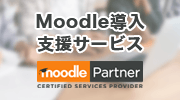- Table of Contents
- 1. Did you know that we are in the midst of the Fourth Industrial Revolution?
- 2. AI has started to be introduced in the field of translation
- 3. That said, how much can machine translation increase productivity?
- 4. Benefits of Increased Translation Productivity
- 5. How to Effectively Utilize Machine Translation
1. Did you know that we are in the midst of the Fourth Industrial Revolution?
The First Industrial Revolution occurred in Britain from the late 1700s to the early 1800s. The birth of steam engines and spinning machines led to rapid advancements in transportation and manufacturing technologies. The emergence of the spinning machine was driven by the need for solutions to meet the sharply increasing demand for cotton textiles.
After that, from the late 1800s to the early 1900s, there was the Second Industrial Revolution centered around the United States and Germany (gasoline engines, electricity, etc.), and from the late 1900s, there was the Third Industrial Revolution (computers).
In the 2000s, the Fourth Industrial Revolution centered around artificial intelligence (AI) began and is still ongoing.
Although the developments and backgrounds of each industrial revolution differ, what remains common throughout the ages is the "insatiable pursuit" of improving productivity.
2. AI has started to be introduced in the field of translation
That is machine translation.
While machine translation technology has existed for some time, it has not been very effective, at least in the context of translating from Japanese and to Japanese. Enter neural machine translation (NMT), a translation technology that utilizes neural networks. The accuracy has significantly improved compared to previous machine translation technologies. Starting with Google Translate, which was released by Google in 2016, multiple companies have announced NMT and begun offering services.
NMT has a very high accuracy in Japanese translation, and it is expected to improve the productivity of translation work.
3. That said, how much can machine translation increase productivity?
For example, professional translators who translate on a daily basis.
Generally, it is said that a professional translator can translate about 2,000 words (250 words/hour) from English to other languages in one day (8 hours). For example, since the machine translation English page of Human Sciences is about 1,000 words, a professional translator can translate this page twice in one day.
In some cases, a separate worker may review (proofread and edit) the translation to ensure there are no mistakes. It is said that reviewing 2,000 words takes about half a day (*), so if a person translates a 2,000-word file, it would take a total of 1.5 days.
So, how much time can be saved by utilizing machine translation?
When machine translation is integrated into the workflow, the translation step is performed by the machine, allowing a 2,000-word translation that used to take a full day to be completed in just 5 minutes.
However, there may be concerns about using or publishing the content of machine translation as is. Therefore, we will add a process called post-editing to the workflow.
Post-editing refers to the process of reviewing the content of machine translation and making corrections as necessary to bring it closer to the results of human translation.
The average post-editing volume from English to Japanese is said to be between 3,000 words and 4,000 words (*), but let's assume it is 3,000 words per day (375 words/hour) for the sake of this example. In that case, for a 2,000-word file, even with machine translation processing, it would take about 5 and a half hours to complete.
*: The amount of translation, review, and post-editing processed per day varies depending on the type of materials and content being translated, the required quality level, and other conditions.
4. Benefits of Increased Translation Productivity
Many companies may have a lot of materials and content that have not been translated due to a lack of manpower or time. However, if you leave them untranslated, you might miss out on global business opportunities.
According to a certain survey, 72.4% of users who shop online responded that "when product descriptions are written in their own words, their desire to purchase increases," and 56.2% of users said that "having it written in their own words is more important than the purchase price."
In other words, it can be said that translating product introduction pages and articles can lead to expanded business opportunities.
By using a workflow of machine translation plus post-editing, you can process about twice the amount of translation in a month (20 business days) compared to translating by humans alone.
There is also the benefit of being able to shorten the time until publication, not just the amount of translation. You will be able to publish content and materials in half the time compared to before, allowing you to reach users more quickly.
5. How to Effectively Utilize Machine Translation
In contrast to the traditional workflow where both translation and review are performed by humans, the workflow using machine translation has the translation done by machines, with humans performing the post-editing.
Therefore, it is necessary to review the previous work processes.
Additionally, spending too much time on post-editing can lead to overlapping corrections, which may reduce the benefits of efficiency gained from machine translation.
Therefore, we must define the level of post-editing and ensure that workers have a common understanding of the scope of corrections in advance, in order to minimize unnecessary work and maintain a certain level of translation quality.
Human Science supports the implementation of machine translation for our clients.
Our consulting team will listen to the objectives and requirements for implementing machine translation and propose the optimal workflow.
In addition, for those who have no experience with post-editing, we offer operational support and task delegation services.
Please feel free to contact us!
Related Services
Trados integration machine translation solution MTrans for Trados
Phrase TMS integration machine translation solution MTrans for Phrase TMS
MTrans Team AI automatic translation software
Easy Translation Software for Office, MTrans for Office

